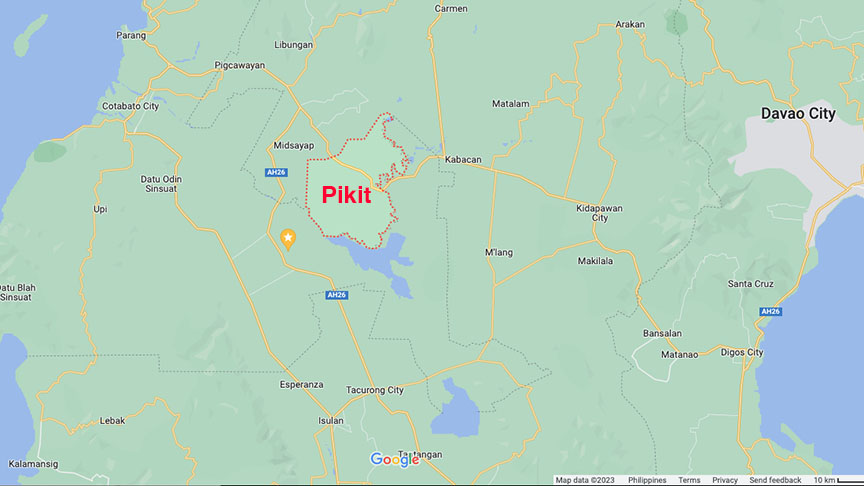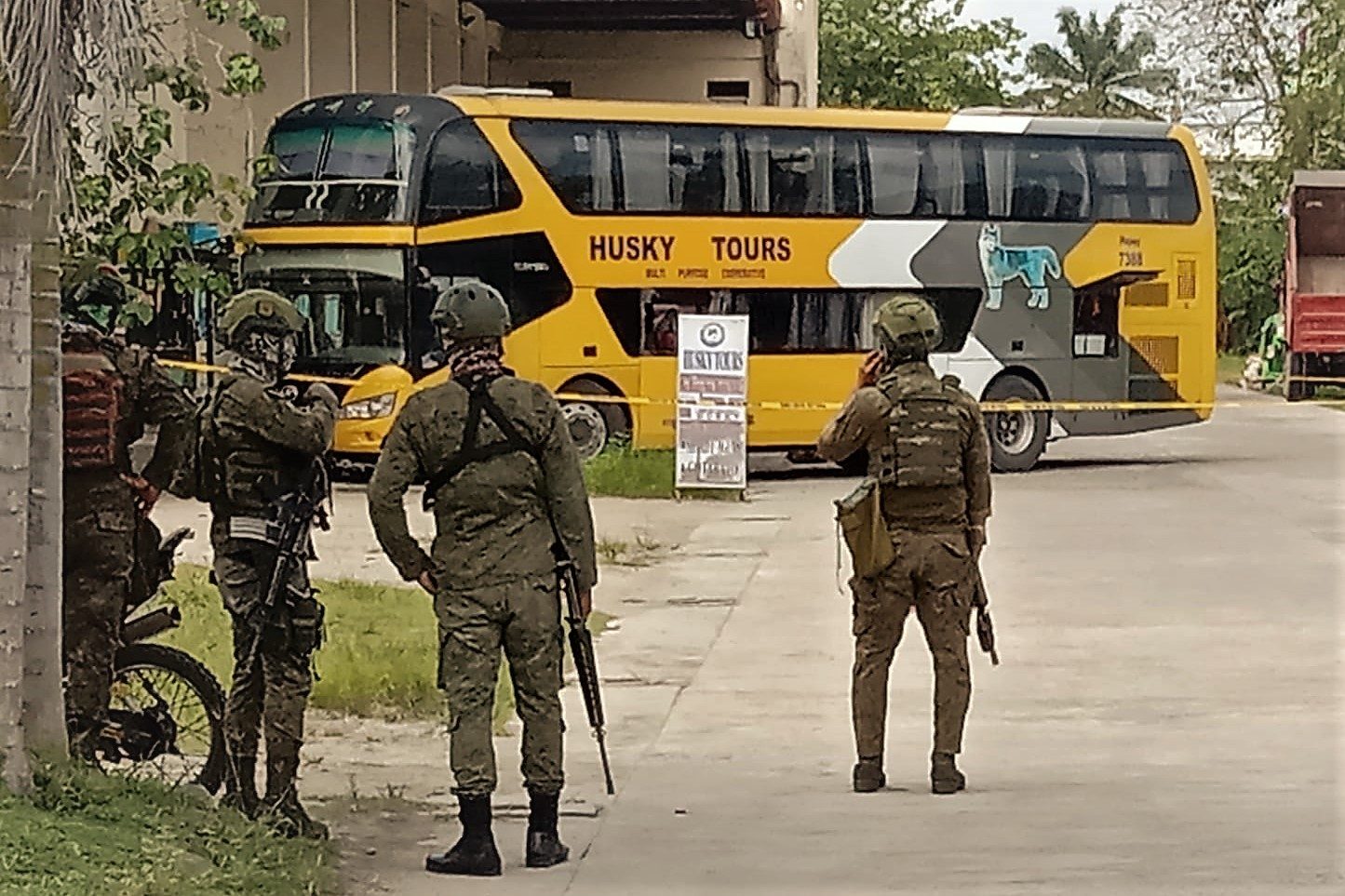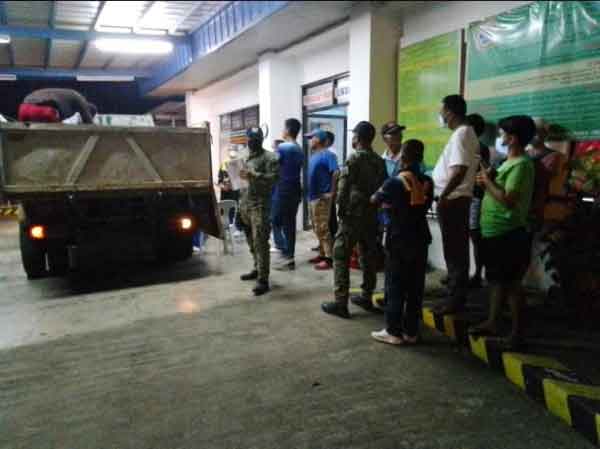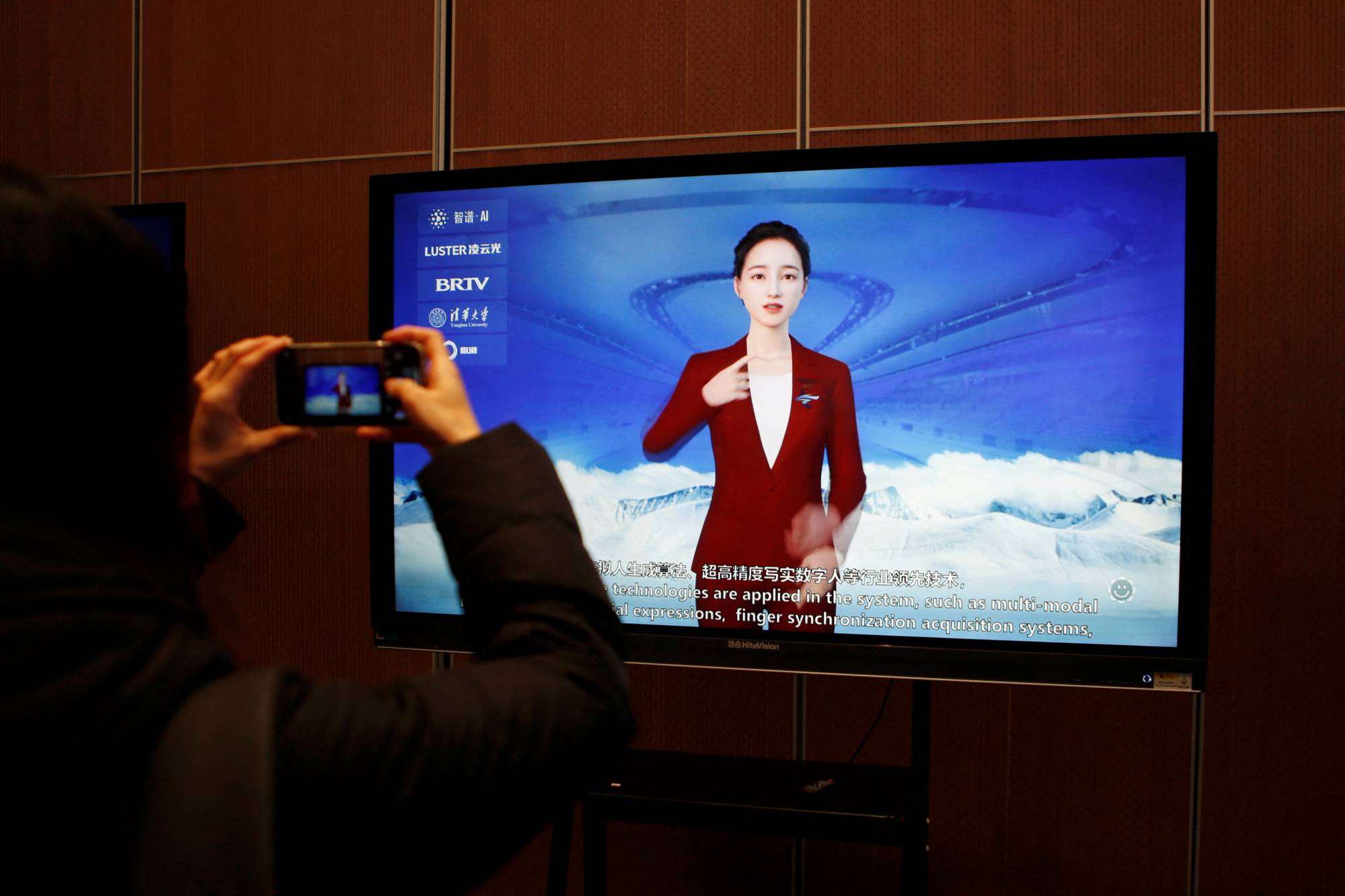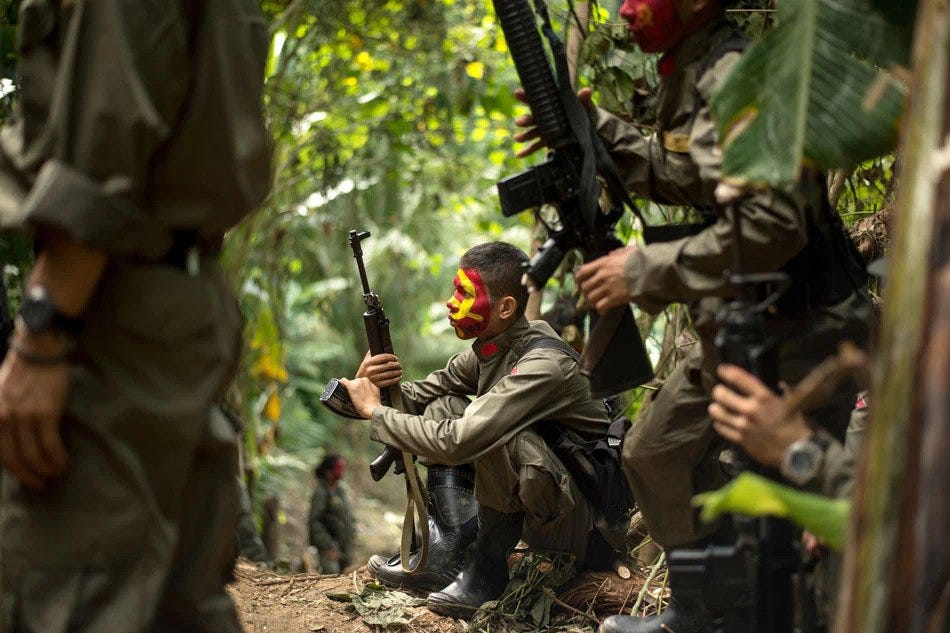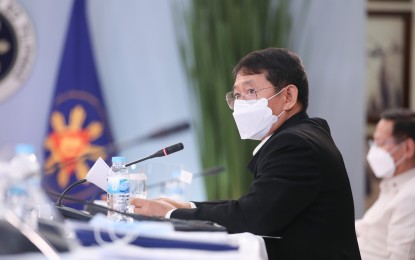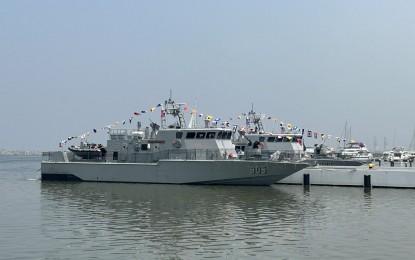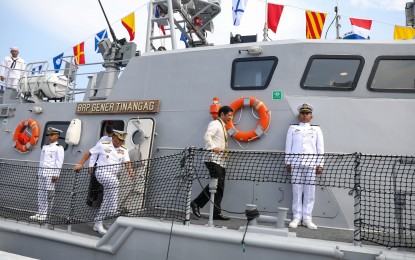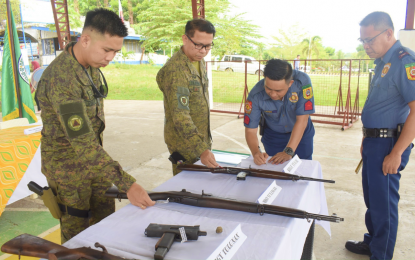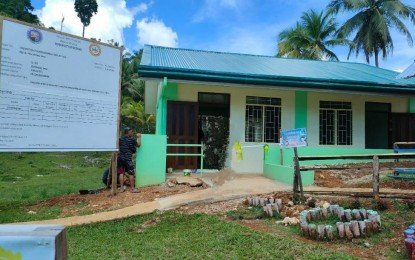From CNN Philippines (May 26, 2023): AFP recalibrates focus to external defense – Marcos (By Jelo Ritzhie Mantaring, CNN Philippines)

Metro Manila (CNN Philippines, May 26) — The Armed Forces of the Philippines (AFP) is recalibrating its focus towards external defense, with President Ferdinand Marcos Jr. also saying that the country is developing anti-submarine capabilities.
"Considering the changing tides of our national security, and the significant gains that we have made in terms of internal security, our armed forces is working to recalibrate its focus more towards external defense of our borders," he said in his speech at the 125th anniversary of the Philippine Navy on Friday.
"In this crucial transition, full support for the armed forces must be guaranteed, especially for the Philippine Navy's priority goals of enhancing its intelligence, defense, and coordinative capability," he said.
In a chance interview, the president also told reporters that the country has a plan to acquire a submarine but he noted that it is a "very large" commitment as it involves training, equipment, and "quite significant" operational requirements.
"It is still part of our plan, but right now we are in the middle of developing mostly our anti-submarine capabilities," Marcos said. "'Yun ang uunahin natin [That's what we are prioritizing], and then hopefully when the time comes, then we might be able to acquire those submarines."
On May 19, the navy conducted a live demonstration of its new combat equipment off the coast of San Antonio, Zambales, with Marcos, the commander-in-chief, in attendance.
Among those featured was the AW159 anti-submarine warfare naval helicopter which launched its Compact-FLASH dipping sonar and the BlueShark torpedo to "detect, locate, and neutralize stealthy sub-surface threat."
During the anniversary event, two vessels were also commissioned which Marcos said would be used for defense from external forces, primarily to patrol the West Philippine Sea (WPS), as well as for civil defense to help during disaster response.
He also mentioned to reporters that Balikatan exercises with the United States troops in April and the joint drills with Australian forces which will last until June are meant to keep the navy at par with Asian neighbors.
"Of course, center of all of that is going to be in the navy dahil archipelago tayo at ang binabantayan natin ay ang mga isla natin [because we are an archipelago and what we monitor are our islands]," he said.
PH Navy as peaceful emissary
During his speech, Marcos said navy personnel also serve as peaceful emissaries as the country pursues its national interest in light of global engagement.
"The seas that stretched before us are not to be seen as boundaries that divide our nations, but they must be seen as channels for mutually beneficial exchanges and collaboration," the chief executive said.
"Our navy serves not only as valiant guardians of our seas and shores but peaceful emissaries as well, highly disciplined and experienced in international engagement," he added. "It adheres to codes of conduct such as UNCLOS (United Nations Convention on the Law of the Sea), and the recently approved ASEAN (Association of Southeast Asian Nations) guidelines of maritime interaction."
"In this line, it plays a significant role in our collective effort to nurture friendly international relations by fostering mutual trust and confidence, freedom of navigation and overflight, and of course safety of our seas," he said.
Recently, the Philippine Coast Guard installed another five sovereign markers in "critical areas" in the West Philippine Sea amid "aggressive tactics" by China in the disputed waters, which the Department of Foreign Affairs said is a daily occurrence.
RELATED: US urges China to 'desist from provocative, unsafe conduct' in SCS
The country is also finding itself in a crucial position with its neutral and independent foreign policy as tensions rise between the US and China over Taiwan's independence.
RELATED: What's at stake for PH in US-China tensions over Taiwan

